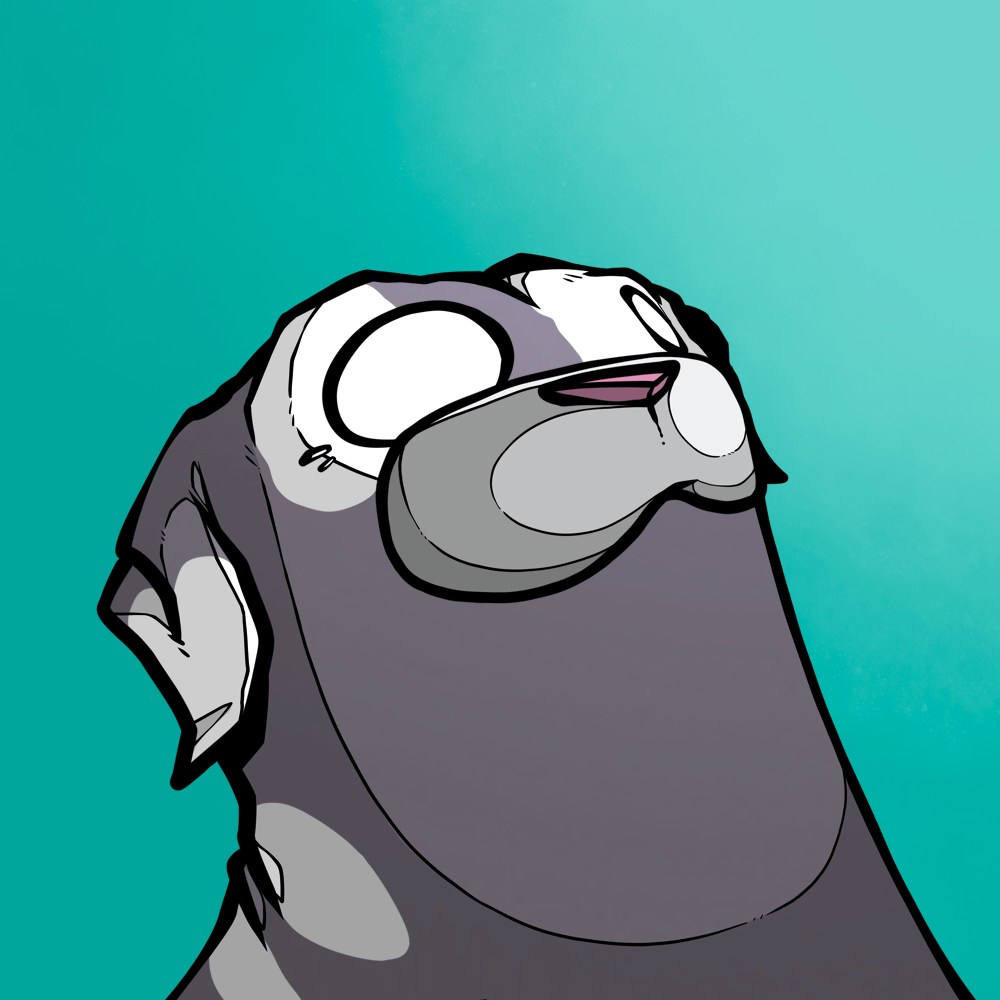Blockchain
29
🧱 What Is Blockchain?
Blockchain is like a digital notebook — but instead of being kept in one place, it’s copied and shared across thousands of computers around the world.
🖊️ Imagine This:
You and your friends keep a group ledger (a shared notebook) where every time someone lends or borrows money, you all write it down. But there's a catch:
- No one is allowed to erase anything.
- Everyone must agree before a new page is added.
That’s basically what blockchain does — but with data instead of loans.
---
🧩 Breaking It Down
- Block; A block is like a page in that notebook. It contains:
- A list of transactions (e.g., Alice sent Bob 2 Bitcoin).
- A timestamp.
- A unique ID called a hash.
- The hash of the previous block (linking them together)
- Chain:
- Blocks are connected like a chain — each one links to the block before it. That’s why it’s called a blockchain.
- Once a block is full of data and added to the chain, it can’t be changed without changing every block after it — which is extremely difficult (on purpose).
---
💻 Real-World Example:
- Think of a Google Doc that:
- Anyone can view.
- Everyone must agree before changes are saved.
- Keeps a history of all edits forever.
- Now, imagine that Google doesn’t actually host the doc — it’s automatically saved and backed up across thousands of laptops around the world. Even if some computers go offline, the document is still safe.
That’s a blockchain.
---
🔐 Why People Like Blockchain:
- No middleman needed (like a bank or lawyer).
- Transparent: Anyone can see what happened.
- Secure: It’s super hard to hack or change history.
- Decentralized: No single point of failure
---
🏦 What Can It Be Used For (Besides Crypto)?
- Supply chain tracking (e.g., tracing your coffee from farm to cup).
- Voting systems (to prevent fraud).
- Digital identity.
- NFTs and digital art ownership.
- Smart contracts (automatic agreements).
---
Let me know the next term you'd like explained — maybe Bitcoin, Wallet, Smart Contract, Token, or something else?



































